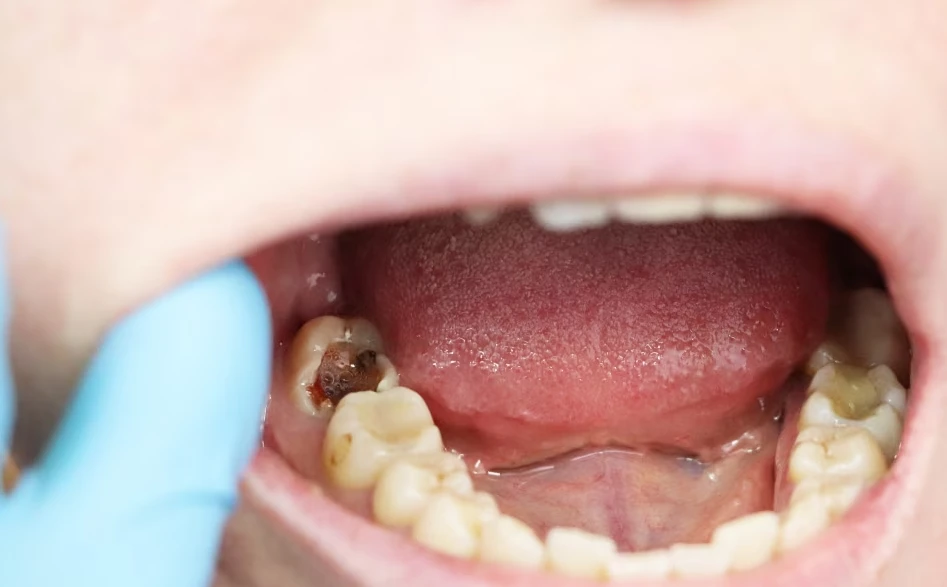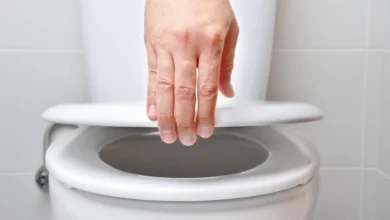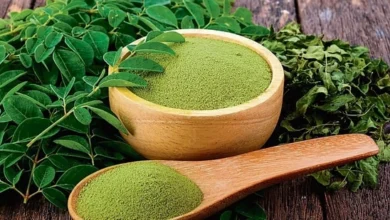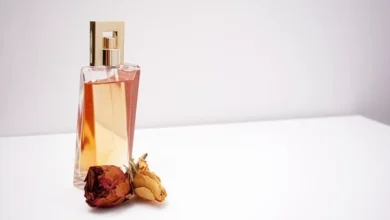Every third Indian has this common disease, but 80% people do not know why their teeth are rotting

Every third Indian has this common disease, but 80% people do not know why their teeth are rotting
Teeth are an important part of our body, whose importance is often realized only when they start hurting or decaying. According to a report, every third Indian has the problem of tooth decay (cavity).
Teeth are an important part of our body, whose importance is often realized only when they start to hurt or decay. According to a report, every third Indian has the problem of tooth decay (cavity), but the shocking thing is that more than 80% of people do not understand the beginning and causes of this disease. This negligence later leads to tooth extraction.
The hectic life, the trend of fast food, eating too much sweet and sticky food and carelessness in cleaning teeth – these are the reasons that gradually make your teeth hollow from inside. When the bacteria present in the mouth convert these foods into acid, it damages the upper layer of the teeth (enamel). It is not felt in the beginning, but as the decay increases, symptoms like feeling hot and cold, pain in chewing and bad breath start appearing.
Children young and old can all be affected by this disease. This problem is more common in children because they eat a lot of sweets and do not brush properly. In adults, this problem often occurs due to neglect of oral hygiene and not getting regular dental checkups.
How to identify?
According to the National Institute of Dental and Craniofacial Research (NIDCR), if tooth decay is identified in the early stages, it can be prevented with fluoride therapy. But when the decay increases and a cavity develops in the tooth, the dentist has to remove the decayed part and fill it.
How to avoid this common but dangerous disease?
* Brush twice a day with fluoride toothpaste.
* Clean between the teeth with floss or interdental brush.
* Avoid sweet and sticky foods.
* Get a dental checkup done once every 6 months.
* Keep an eye on children’s brushing habits.









